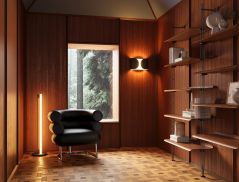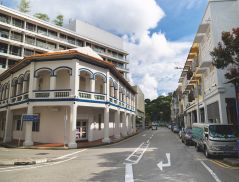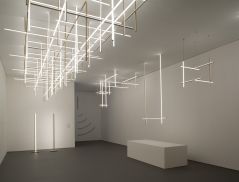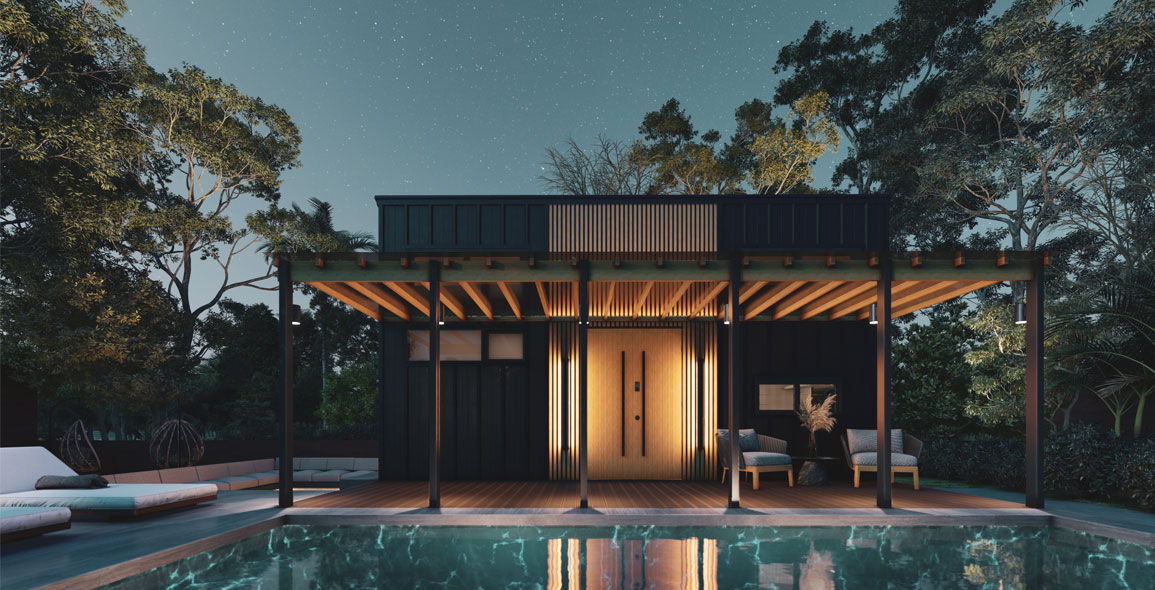
This native abode may have changed little over centuries, but it remains as useful today as it was back then. The Philippine bahay kubo has walls fashioned out of woven grass, pillars made from bamboo trunks, and sheets of dried mangrove palm leaves for a roof. Its building materials are easily found in the tropical environment, and its design is so simple that it can be erected in a single day, by labourers using basic tools.
It comes as no surprise that this type of dwelling is regarded as the home of the masses. In a country hit by frequent typhoons and earthquakes – and where over 30 million people live in poverty – the bahay kubo offers versatile and affordable shelter.
The essence of this traditional design is not lost to Earl Patrick Forlales, who used it as the inspiration for his environmentally-friendly modular homes. He is the CEO and lead designer of CUBO, a Philippine company that is making waves for its modern renditions of the lowly but- efficient nipa house.
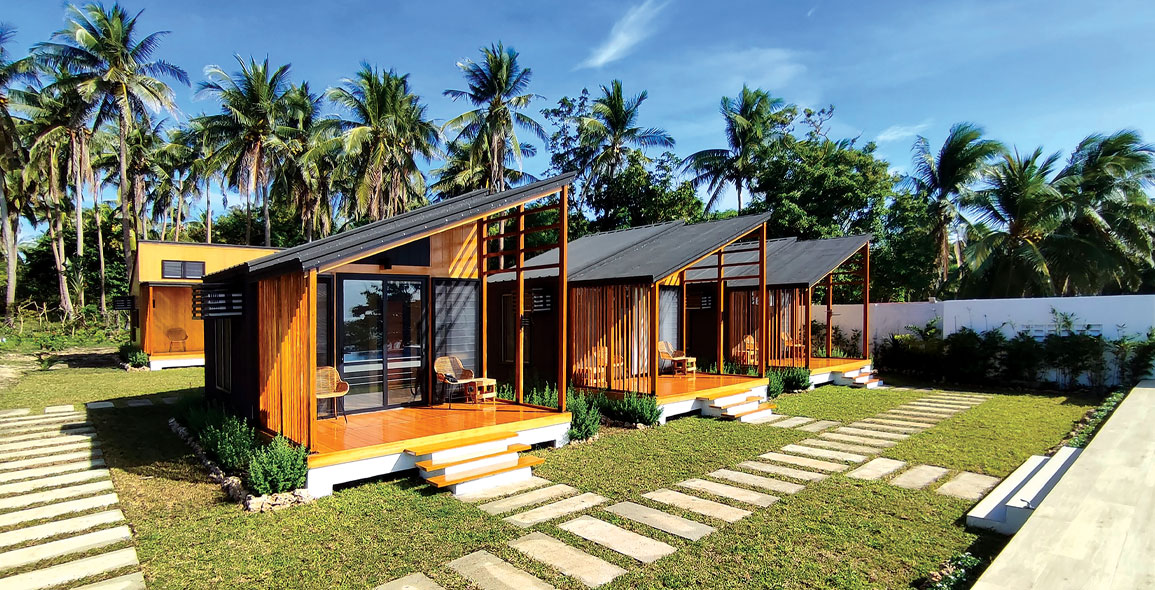
Tackling A Housing Shortage
Forlales’ knowledge of the bahay kubo runs deep – after all, he spent part of his childhood in one. A graduate of Materials Science and Engineering from the prestigious Ateneo University of Manila, he was pondering a solution to the housing shortage that besets much of Asia. In the Philippines alone, surveys report a need for at least 6.5 million new homes to serve the growing population. Earl estimates that only 200,000 houses are built each year – a shortfall that is no doubt influenced by the sizeable time, labour and materials costs of building conventional concrete structures. The 27-yearold designer felt that the bahay kubo offered a template that could result in cheaper, sustainable and easy-to mass-produce housing.
Forlales looked to the same basic material that gave the nipa house its versatility - bamboo - but engineered to enhance its structural capacity and weather resilience. Then he implemented a modular design that made for highly customiseable plans.
So efficient is the result that CUBO’s simplest unit – the tiny 6.5 sqm Batanes model (which has since been phased out but available upon request) – came with bathroom, kitchen and living areas, not to mention complete plumbing and electrical wiring. It only costs around SGD2,000, and building it takes a mere four hours. Currently the most basic model is the 21.5 sqm Bulacan Starter which starts at PHP899,000 (SGD22,000).
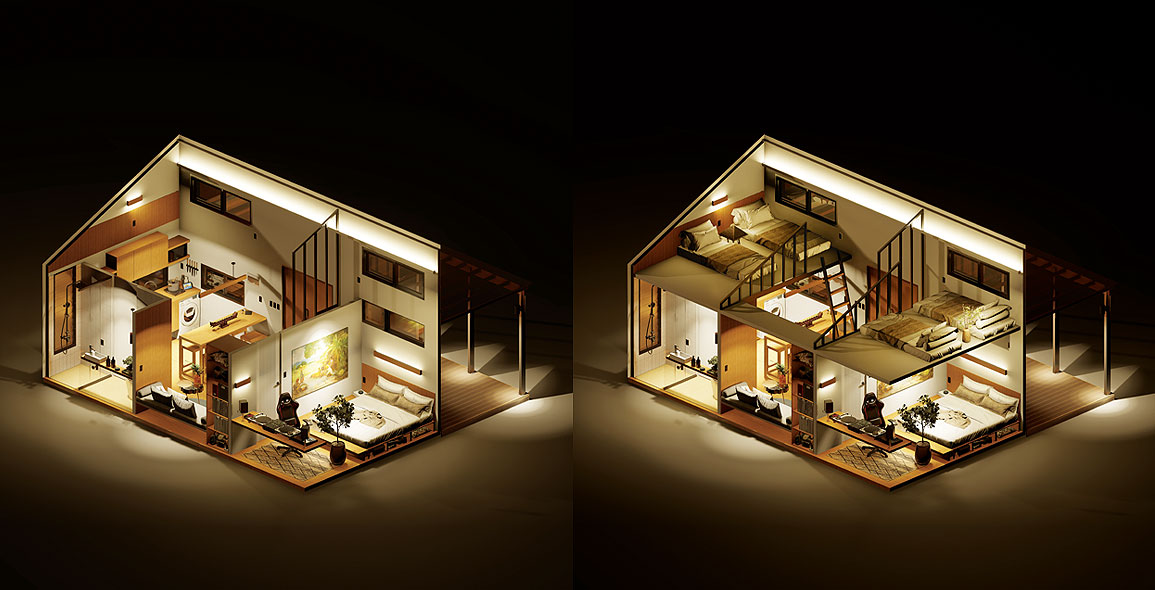
The Modern Bahay Kubo
On the other end of the scale, the 63.5 sqm Sarangani Smart – a stylish flagship model – boasts luxurious amenities such as a fully-tiled bathroom with walk-in shower, three bedrooms and a kitchen with floating base and wall cabinets.
This unit is arguably the most modern bahay kubo ever, with a Smart IOT home hub (Amazon Alex acompatible), finger print-activated locks and integrated security cameras that guard the canopied front deck and other exterior areas. Amazingly, the price is around SGD53,000 – an amount comparable to a midrange brick-and-mortar townhouse in the Philippines.
Construction time for CUBO homes usually takes less than a week. “We had a client who ordered a CUBO unit to complement a concrete house that he was building,” Forlales recalls. “It took us just a few days to assemble everything. By the time we were done, they were still laying the foundations of the other structure. Just imagine how quick and easy it would be to shelter an entire village.”

Same Same, But Different
Looking at these thoroughly modern abodes, one might be tempted to say that they bear little or no resemblance to the classic nipa hut. Yet the CUBO CEO is quick to mention the architectural features that were lifted directly from the old school. He points out the elevated foundation, which (depending on where you live) gives storage space or safety from floodwaters.
There are also big windows to maximise ventilation and natural light, along with a sloped roof that helps dissipate tropical heat. Forlales adds that the latter feature, when combined with the cooling properties of bamboo, can lower indoor temperatures by as much as 14 degrees Celsius.
Lastly, each CUBO is designed to encourage outdoor living with its front deck and a built-in bench. Filipinos know the quintessential bahay kubo lifestyle, an often-romanticised cultural memory of simpler days and a more grounded way of living. “Laid-back afternoons at the front porch, sipping native coffee while watching the world (and the village neighbours) go by. That’s what Pinoys remember fondly about the bahay kubo”, reflects Forlales.
“The modular system was the innovation,” he notes. “Designers have been using this for a long time, but I believe it is still a new idea in the Philippines – especially since we are adapting it to a traditional type of house”. The revolutionary designer then sums up his opus: “Look closer and you will realise that this is still very much a bahay kubo — we just brought it to the modern age.”


 Share
Share




